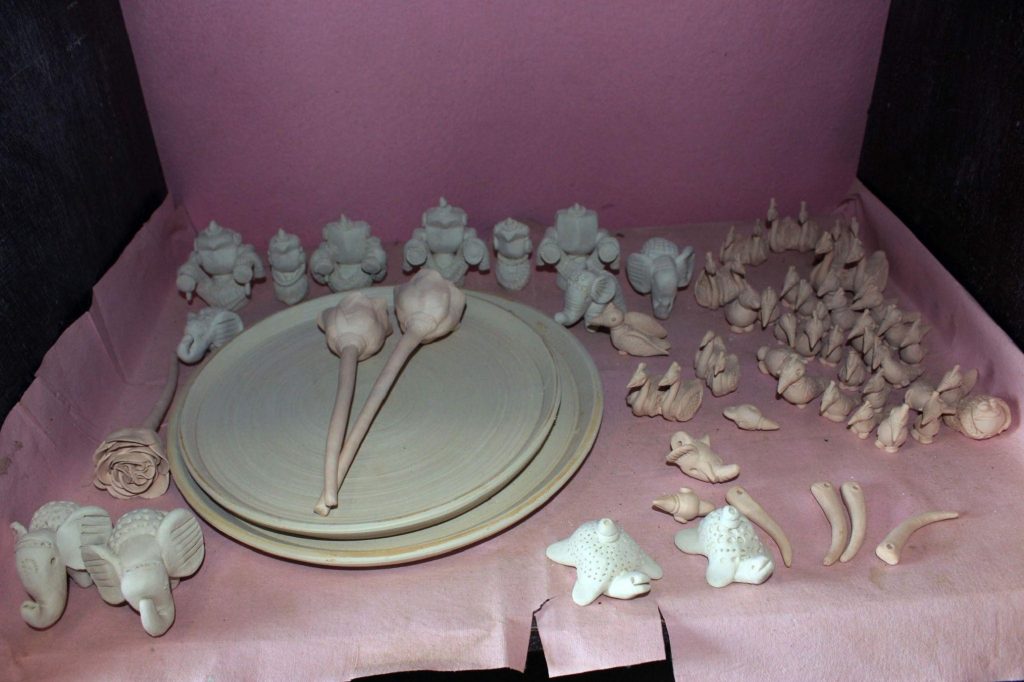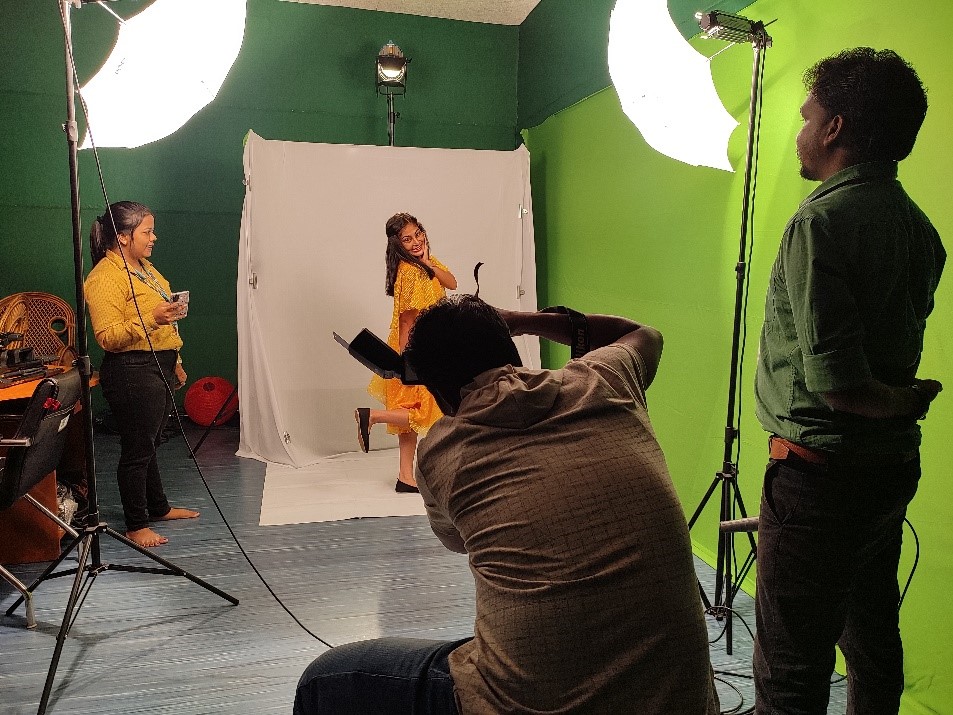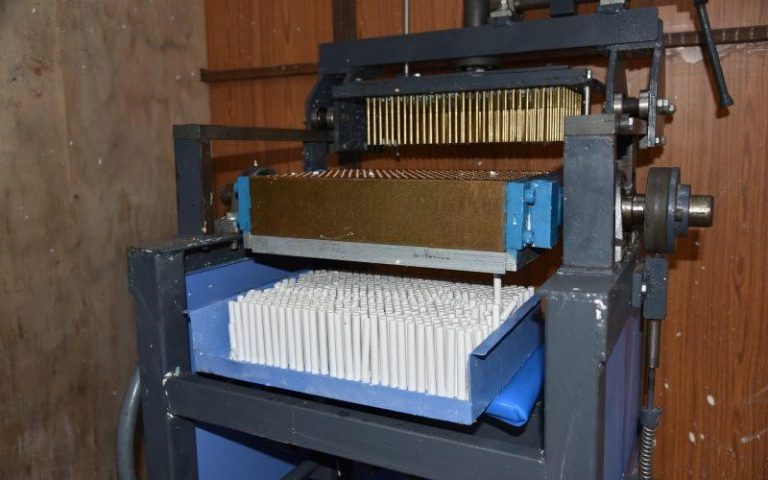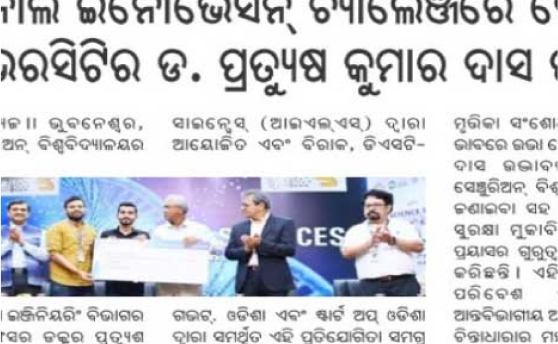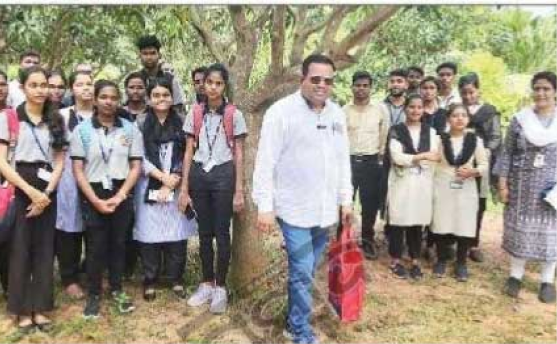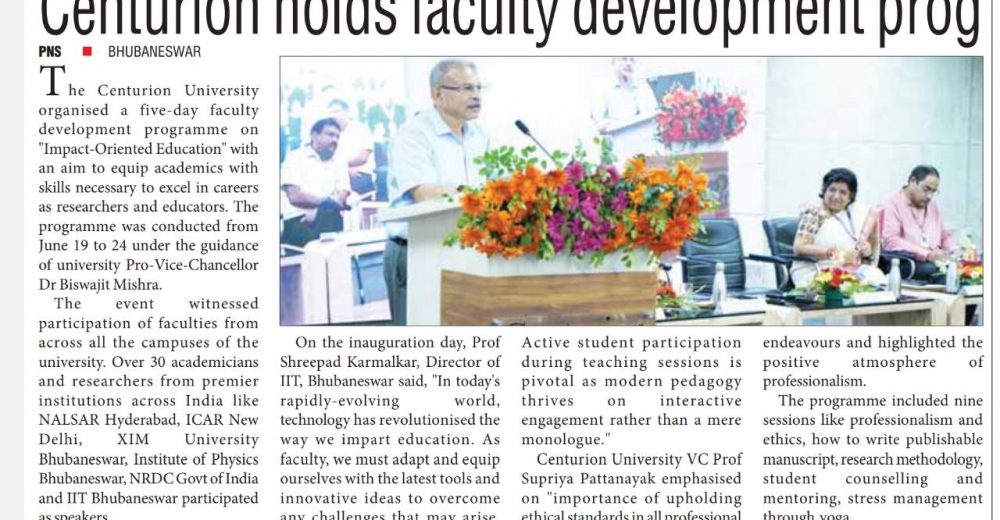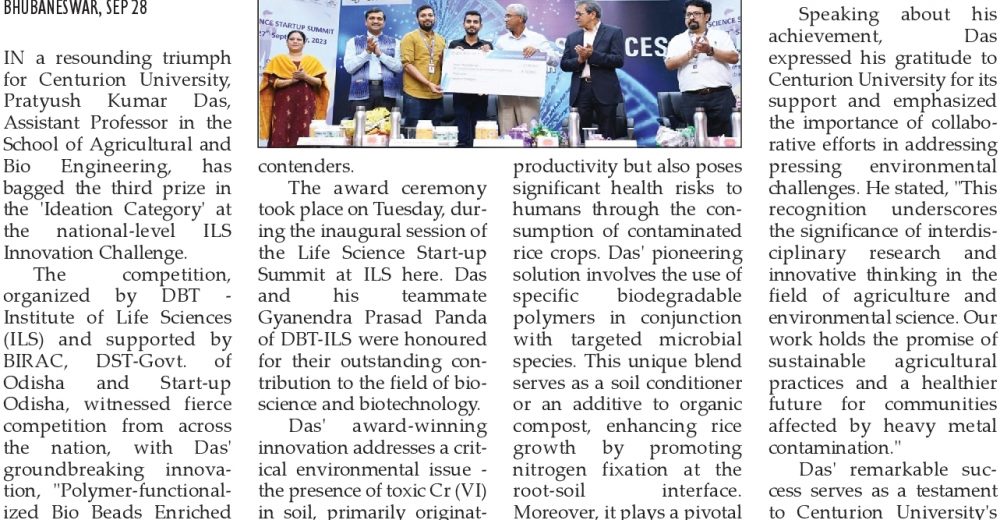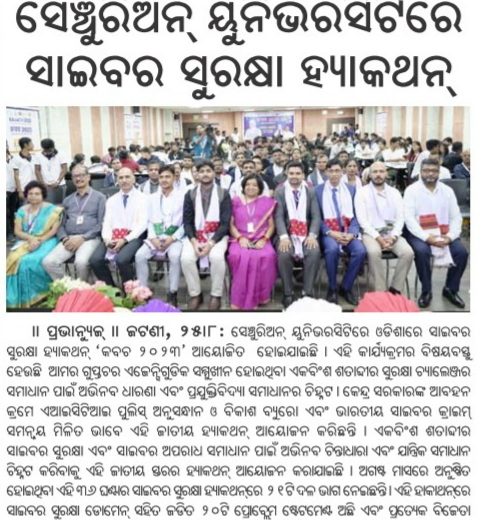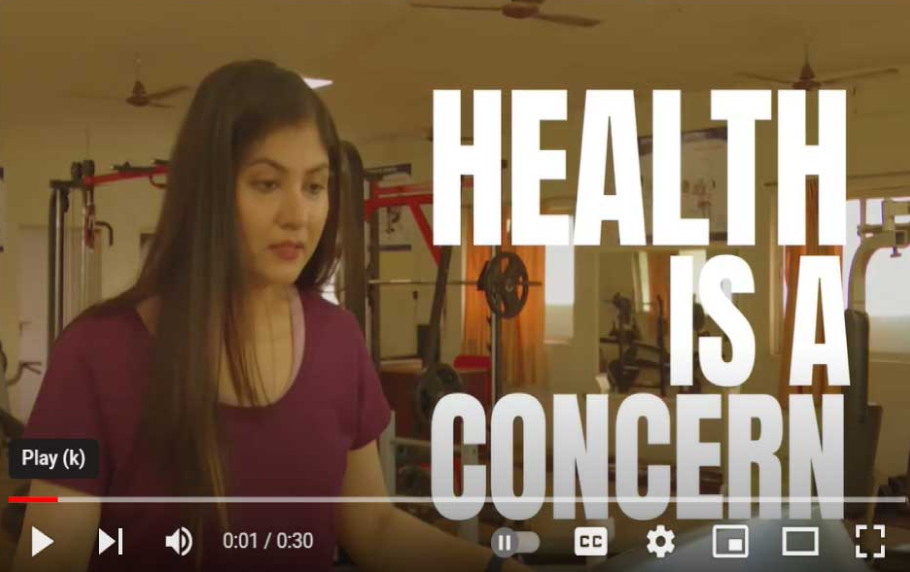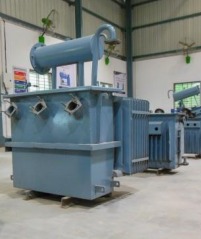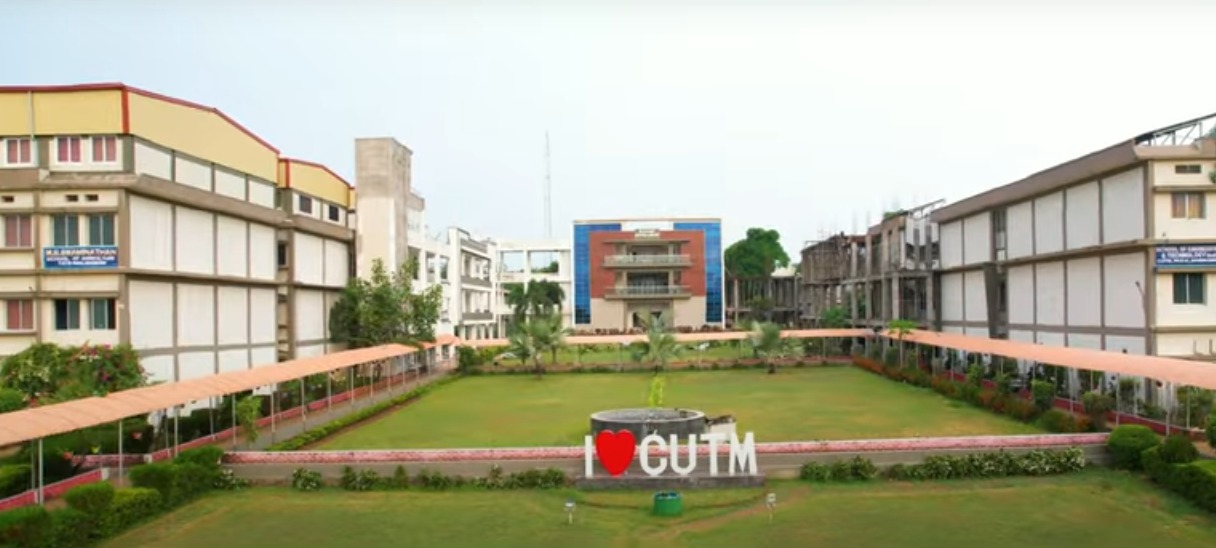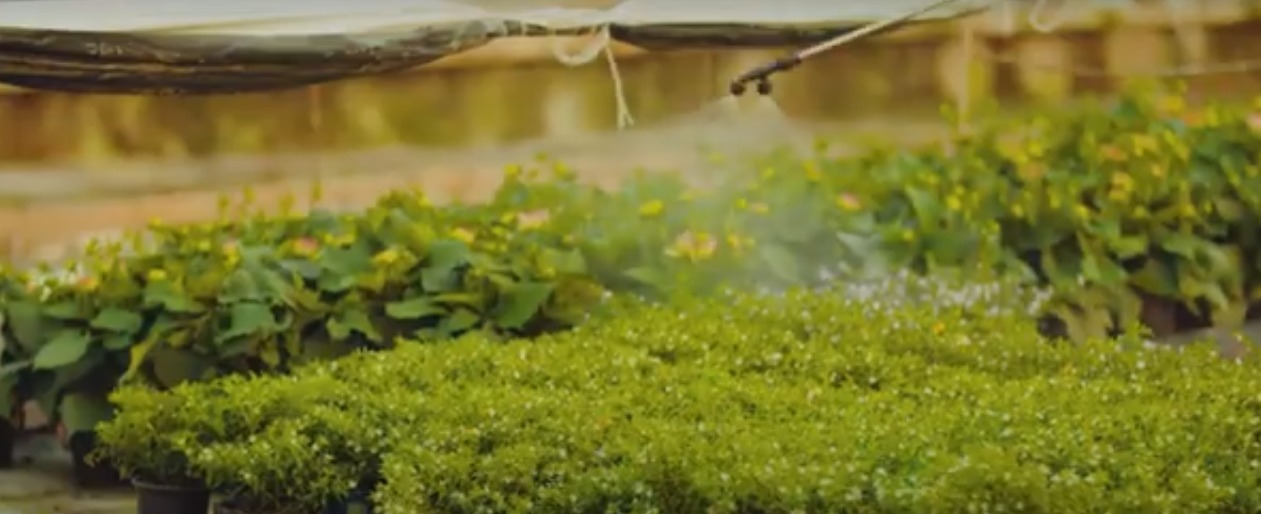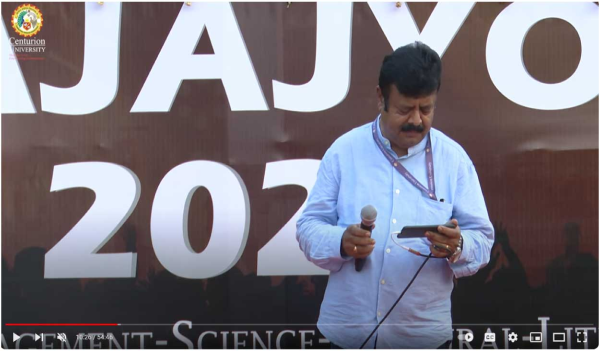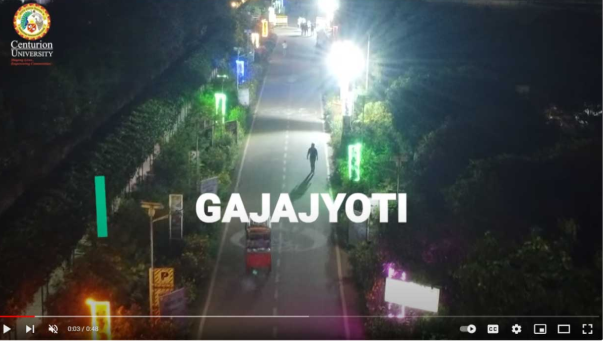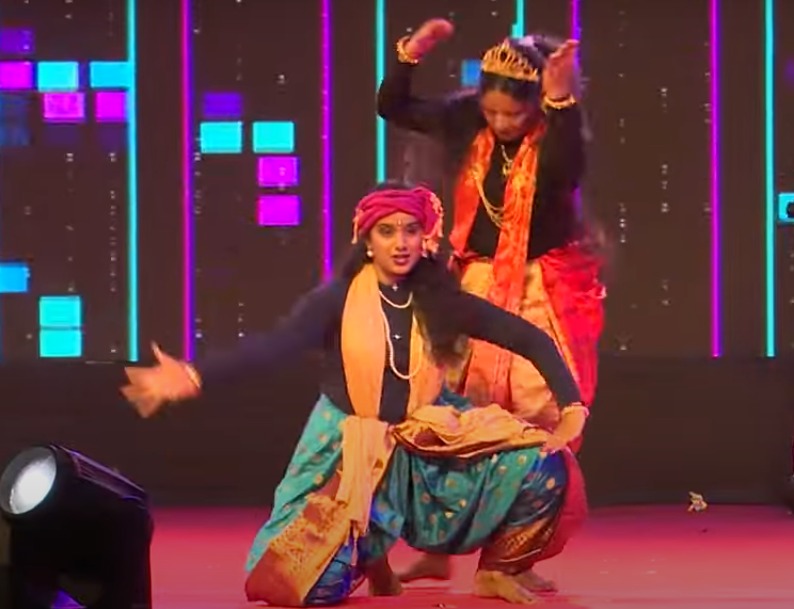Setting Benchmarks as India’s Largest Skills University
-
0+
Students
-
0+
Courses
-
0+
Events
-
0+
Skill Course
Students -
0+
Placements
Explore Our Schools
Placement Highlights - 2024
-
Highest Package
35Lacs
-
No of Companies
150
-
Candidates Placed
8100



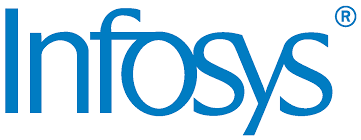



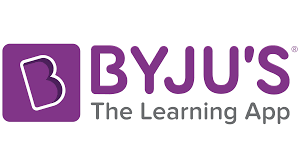


Building a Sustainable Tomorrow
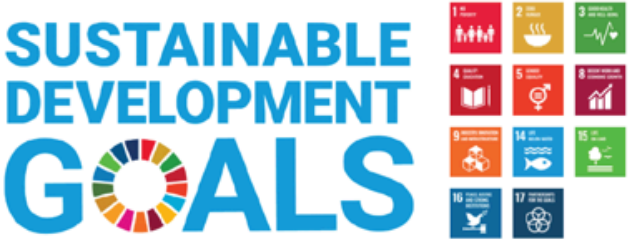
At Centurion University of Technology and Management, we are passionately committed to advancing the United Nations’ Sustainable Development Goals (SDGs). Through innovation, education, and community engagement, we strive to empower the next generation to create a more sustainable and inclusive world.
Catalyzing Change with SDG Dedication
CENTURION

Centurion University of Technology and Management lays an unyielding focus on its dedication to realising the SDGs. This unshakeable commitment runs deep through the fabric of our school, beginning with the President’s office and permeating every level of administration, faculty, and support staff.
Event & Media Coverage
Dr. Pratyush Kumar Das clinched the 3rd prize
Hands-on Training on “Pearl Culture” at CUTM
Innaguration of Gajapati to Gabon Mission
Dr. Pratyush Kumar Das clinched the 3rd prize at the national-level ILS Innovation Challenge
Centurion University Hosts Two Days Cyber Security Hackathon KAWACH
Centurion University invites applications for Centurion University Entrance Examination CUEE 2024
How you learn @Centurion
Learn by Doing
